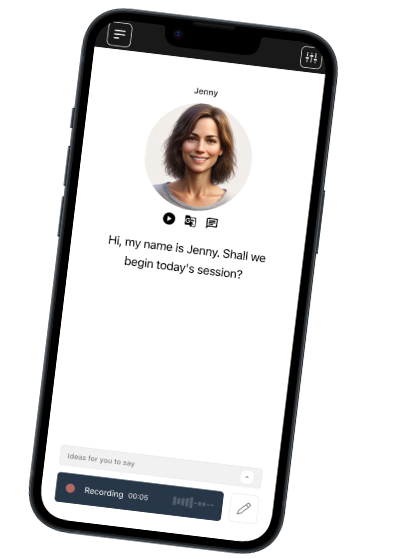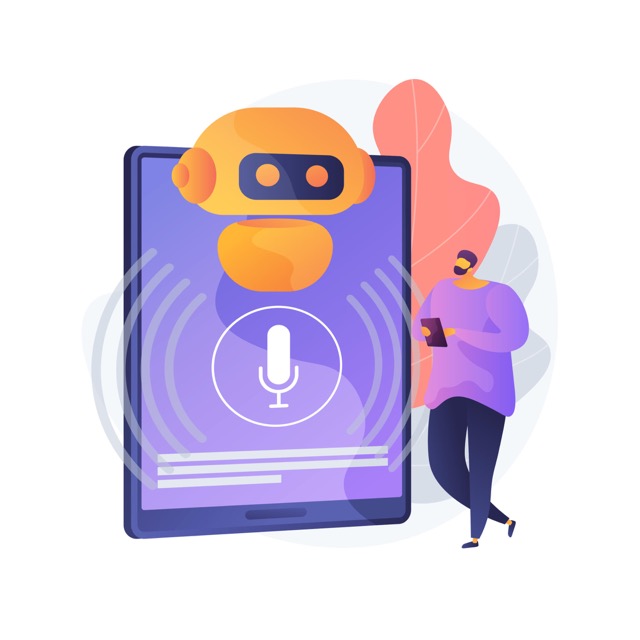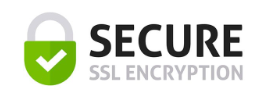Founded in Denmark. We respect your privacy.
Join a worldwide community of language learners
Why Language Apps Are Terrible at Teaching Slang—And What Learners Are Missing in Real Conversations
Last updated on
If you’ve ever tried to strike up a casual conversation in a new language, only to hear native speakers dissolve into laughter or gently correct your oddly formal phrasing, you’re not alone. Many language learners work diligently through apps, mastering vocabulary lists and grammar drills, yet still freeze when confronted with live, informal speech. Why does this gap persist, and what is it about slang that trips up even the most dedicated learners?
There’s a hidden reason why popular language apps struggle to teach slang reliably—a flaw that leads learners to sound more robotic than relatable. Stick around to the end for an unexpected insight about how real conversation can transform your learning (and a strategy you might not expect).
Why Do Language Apps Ignore Slang?
Most mainstream language platforms stay away from slang for several reasons. Standardized language learning prioritizes clarity, testability, and universal understandability. Slang, on the other hand, is a moving target. It evolves rapidly, can be highly regional or subcultural, and may even drift into taboo territory.
Additionally, app developers face pressure to keep content “safe,” age-appropriate, and relatively timeless. What’s cool today may be outdated tomorrow—and certain expressions could inadvertently offend. Teaching formal language reduces these risks but also creates an unintended side effect: learners can’t keep up with how people actually speak outside the classroom or app.
The Slang Divide: Formal Fluency vs. Real Conversation
Research suggests that fluency involves far more than grammar and memorized vocabulary. According to studies in applied linguistics, social appropriateness and “pragmatic competence”—the ability to choose language that fits the setting—are key to communicating effectively. This includes knowing:
- Which expressions sound natural (and which are “textbook weird”)
- When and how to use informality or humor
- How to recognize (and deploy) idioms, abbreviations, and pop-culture references
The problem? Apps that focus only on the “safe” part of the language leave users unprepared for the realities of street talk, group chat, or even just a friendly exchange at a café. Imagine greeting a friend in English with “Good afternoon, how do you do?”—technically correct, but socially awkward in most contexts.
What Learners Are Really Missing
By skipping slang, apps unintentionally rob learners of valuable opportunities:
- Connection: Using (or understanding) slang often signals “insider” knowledge and helps build rapport.
- Listening Comprehension: Native speakers pepper their speech with idiomatic phrases, abbreviations, and playful twists that app-trained learners may never recognize.
- Confidence: Not knowing informality makes spontaneous conversations stressful—the risk of embarrassing yourself (or misunderstanding) feels much higher.
Strategies to Catch Up—and One Approach You Might Not Expect
If you want to sound less like a textbook and more like a friend, try these steps:
- Immerse yourself in real content: podcasts, YouTube videos, group chats, and comment threads in your target language.
- Follow social media trends or use sites like r/languagelearning to see slang in context (but verify meanings before using anything new).
- Ask native speakers for feedback—not just if you’re “correct,” but if you’re coming across as natural or relatable.
Here’s the part most learners miss: You don’t have to wait for travel or a pen pal to get this “real-world” experience. Simulated conversation with responsive technology—like the real-time voice interactions in AI-powered language learning platforms—lets you practice informal phrases and get feedback before you step into a live environment. Talkio, for instance, offers structured lessons and role-play scenarios that introduce everyday speech, giving learners a chance to hear, try, and adjust based on how language is actually used.
And the big reveal? The language gap that feels insurmountable between you and native speakers isn’t really about vocabulary—it’s about exposure and feedback. With the right practice, even apps can bridge that divide—if they embrace the messiness of real, living language.
Ready to explore the difference in regional slang across Spanish-speaking countries? Dive into Spanish dialects on Talkio and move beyond what the textbooks teach.
Talk Your Way
to Fluency

Talkio is the ultimate language training app that uses AI technology to help you improve your oral language skills!
Try Talkio


